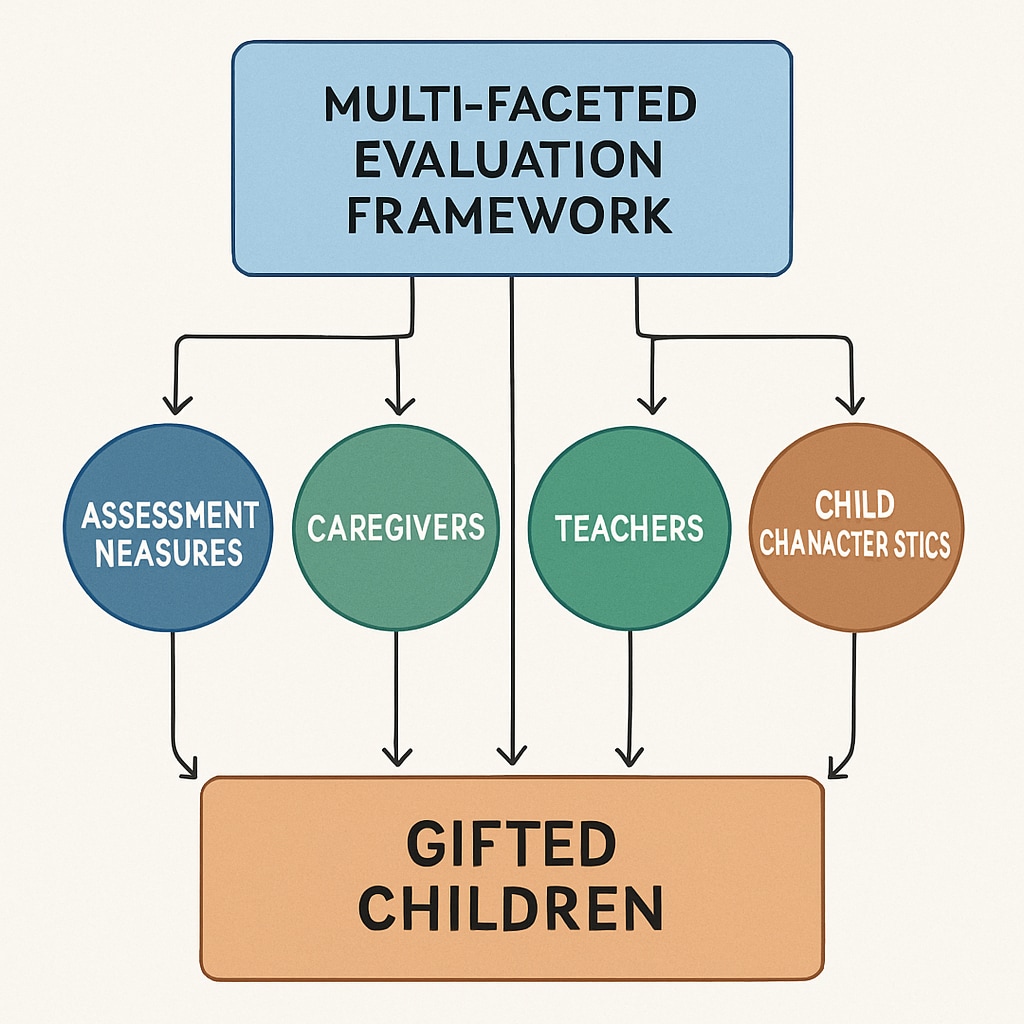Identifying and nurturing the potential of gifted children is a priority for many parents and educators. To achieve this, standardized intelligence tests like the Cognitive Abilities Test (CogAT) and the Wechsler Intelligence Scale for Children (WISC) are often employed. These assessments serve as valuable tools for evaluating a child’s unique abilities and potential. However, understanding their features, limitations, and how they fit into a broader evaluation framework is crucial for making informed decisions.
Understanding Key Standardized Tests for Gifted Children
Standardized intelligence tests are designed to measure various cognitive abilities, helping to identify children with exceptional talents or intellectual potential. Among the most widely used tests are the CogAT and WISC, each with distinct advantages and applications:
- Cognitive Abilities Test (CogAT): This test assesses reasoning abilities across verbal, quantitative, and nonverbal domains. It is particularly useful for identifying children with strengths in problem-solving and abstract thinking. CogAT is often employed in school settings to determine eligibility for gifted programs.
- Wechsler Intelligence Scale for Children (WISC): The WISC evaluates a broader range of cognitive skills, including verbal comprehension, working memory, and processing speed. It provides a detailed profile of a child’s intellectual strengths and weaknesses, making it ideal for individualized educational planning.
Both tests have proven effective in identifying giftedness, but their suitability depends on the specific needs and context of the evaluation. For example, while CogAT focuses on reasoning skills, WISC offers a more comprehensive assessment of overall intelligence.

The Value and Limitations of Standardized Testing
Standardized tests play a critical role in recognizing giftedness by providing objective data on a child’s cognitive abilities. However, they are not without limitations. It is essential to consider these factors when relying on these tests:
- Advantages:
- Provide quantifiable measures of intelligence and reasoning skills.
- Help identify specific strengths, such as verbal or spatial reasoning.
- Support eligibility decisions for gifted education programs.
- Limitations:
- May not capture creativity, emotional intelligence, or real-world problem-solving skills.
- Potential cultural or linguistic biases can affect test validity.
- Over-reliance on test results may overlook other significant talents.
As a result, standardized tests should be viewed as one piece of the puzzle rather than a definitive measure of a child’s potential. Supplementing these assessments with other evaluation methods can offer a more holistic understanding of a child’s abilities.
The Importance of a Multi-Faceted Evaluation Approach
While standardized tests like CogAT and WISC provide valuable insights, a comprehensive evaluation system is essential for accurately identifying and nurturing gifted children. A multi-faceted approach may include the following components:
- Teacher and Parent Observations: Educators and parents often notice patterns of creativity, advanced problem-solving, or intense curiosity that may not be reflected in test scores.
- Portfolio Assessments: Collecting work samples, projects, and achievements can showcase a child’s abilities in real-world contexts.
- Performance-Based Assessments: Tasks that require critical thinking, teamwork, or creativity can reveal strengths not captured by traditional tests.
- Social-Emotional Evaluation: Understanding how a child manages emotions, interacts with peers, and handles challenges is crucial for supporting their overall development.
This multi-dimensional evaluation ensures that no significant talent goes unnoticed, fostering a more inclusive and supportive environment for gifted children to thrive.

Conclusion: Choosing the Right Path for Your Child
When it comes to identifying and nurturing the talents of gifted children, standardized intelligence tests such as CogAT and WISC are indispensable tools. However, their limitations necessitate a broader perspective. By combining these assessments with qualitative measures like observations and portfolio reviews, parents and educators can gain a more accurate and comprehensive understanding of a child’s potential.
Ultimately, the goal is to create an environment where gifted children can fully develop their abilities and contribute meaningfully to society. By recognizing the value of diverse evaluation methods, we can ensure that every child’s unique gifts are supported and celebrated.
For more information about standardized tests and gifted education, visit Britannica’s overview of intelligence testing or explore the Wikipedia entry on gifted education.


